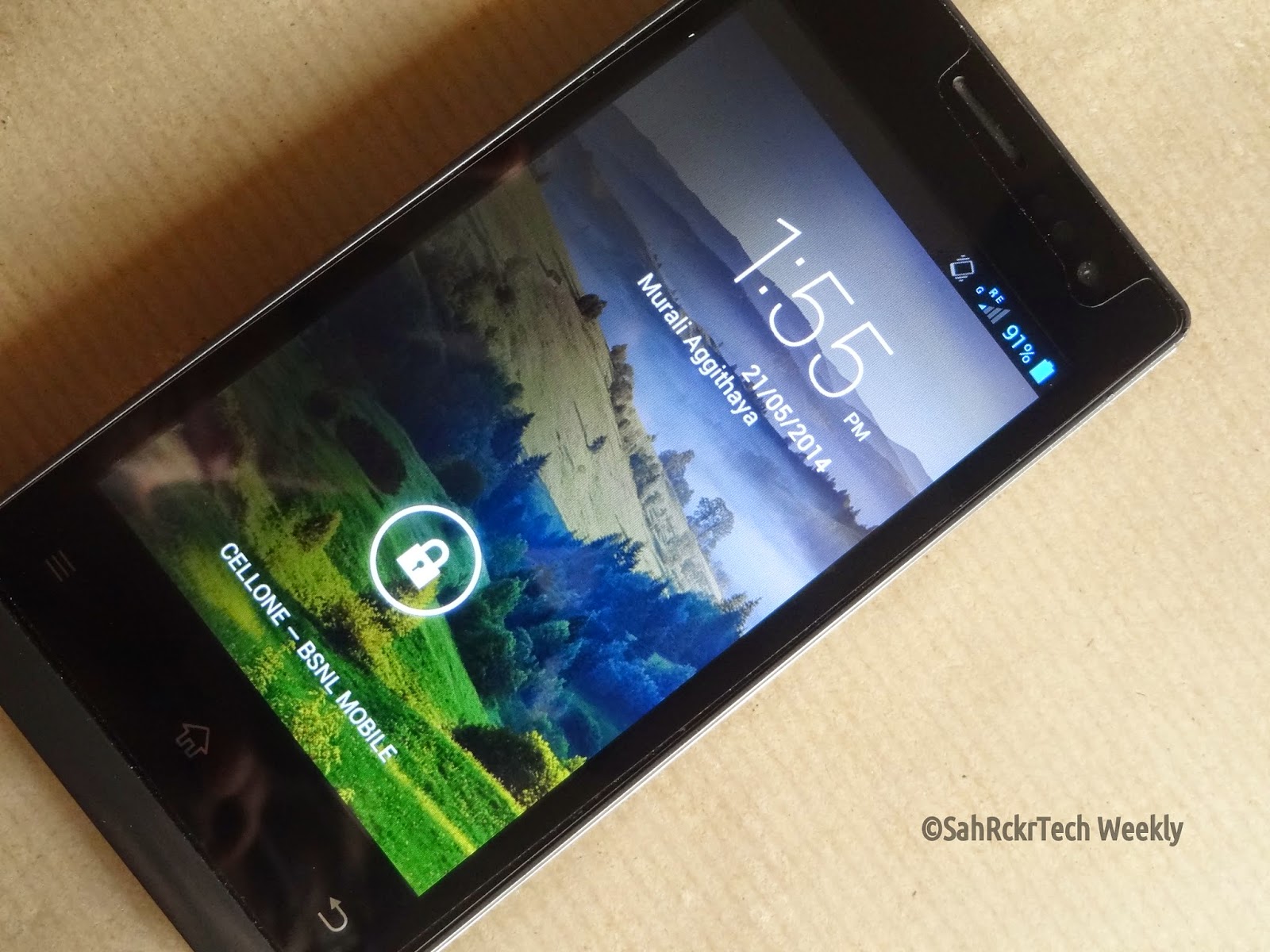The first thing when you hear Operating System from Google, It either gives a version of android expanded abruptly to fit a desktop monitor or the chromebook. Either of them isn't what i'm going to talk about. Chromebooks are perfectly designed, well thought of products, But when it comes to performance, they often stand behind some of the Android Tablets.
Google has already evolved into an ecosystem. They are everywhere from search, mail, online storage to thermostats, car, watches. Android is perfect when it comes to provide us a window to interact with few of the services mentioned above, but they can never replace the traditional PC. Chromebooks attempt to do the same, but doesn't excel in the performance department. Hence there is a need of a full fledged desktop operating system from Google.
Building a Desktop Operation System from 0's and 1's will obviously take 3-5 years, that may give us some half baked result. Which will need further more time to perfect. Obviously not a good option!
My recommendation/opinion/idea my sound vague, but I feel it is one of the better alternatives, to build an operating system from scrap. Instead of starting from scrap, Why not start from an existing resource? And yes i'm pointing towards, Linux( Ubuntu in specific ). To it's core like Android, its an open source operating system.
Here are some of the core features I would like to discuss about the Google version of Ubuntu :
1. Compatible (or at least interactive towards) Android Devices : An average Android smartphone user is not using 600 USD phone. An average user is obviously using some Android version which is not KitKat (I use a phone which runs on Android v4.2.2 & a Nexus 7 grouper which didn't get android L developer preview). However average android user is mostly covered with a PC for all his/her computing needs, why not enter that space? A PC that doesn't interact the way Android (L) interacts with chromebooks. At the same time, the user never will prefer chromebook over a traditional PC.
2. Blessed with applications : Initially you can allow some means to port Android apk's to linux , until the application space grows to something of a success . And later (Like tablets) you could have a separate section on Play Store for Desktop. Hope this version could come out in such a way that it could have the best of both, Android apps and Linux apps.
3. Media Powerhouse : Desktop be the place where one could consume and create media. A powerful tool that could handle Images(Snapseed on Desktop?)/ Videos/Music(Play music enhancements)
4. Developer Friendly( I think that will come by default ) and easy availability ,anywhere on this planet.
Wildcard points, Big fan of Material design and Android version nomenclature.
I would in short call this a skinned version of Ubuntu, That can run android apps. And fills the void of Google absence in the Desktop OS.
Sahil Satishkumar for SahRckrTech Weekly.
Follow us on Twitter, Facebook, Instagram.









